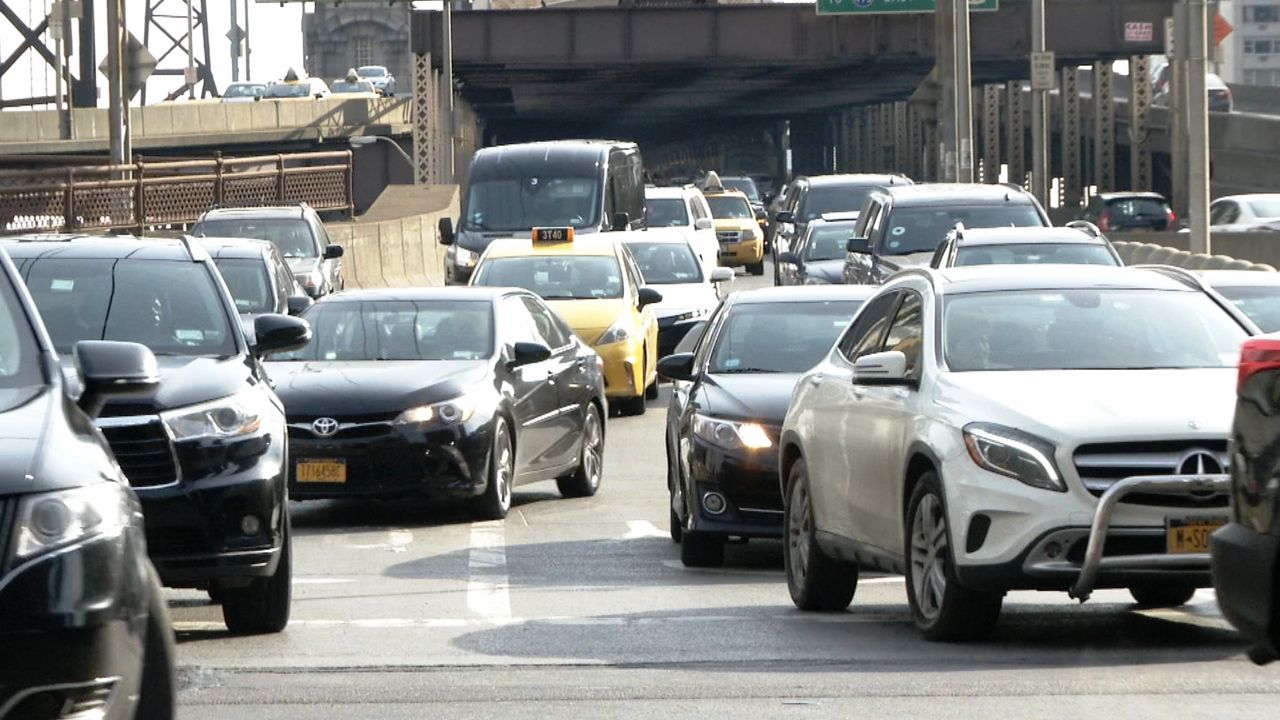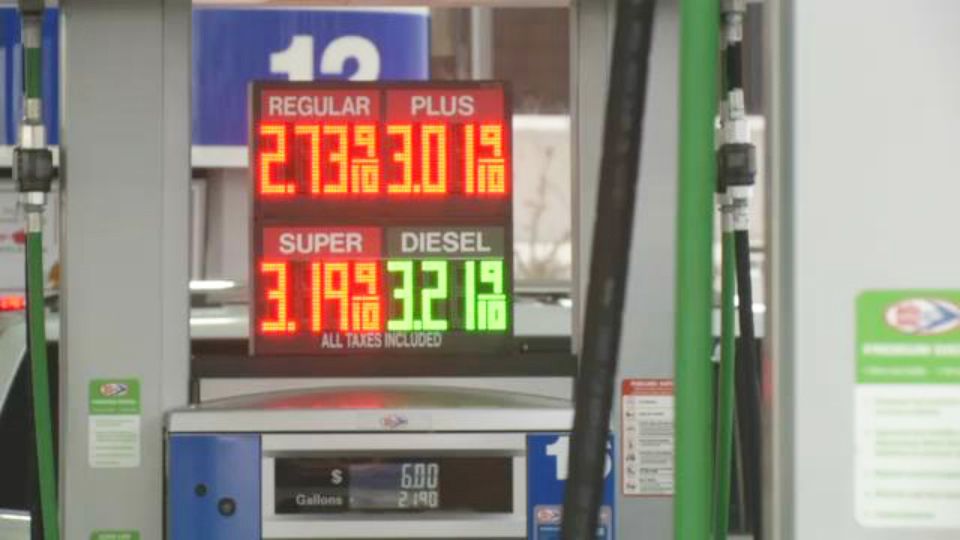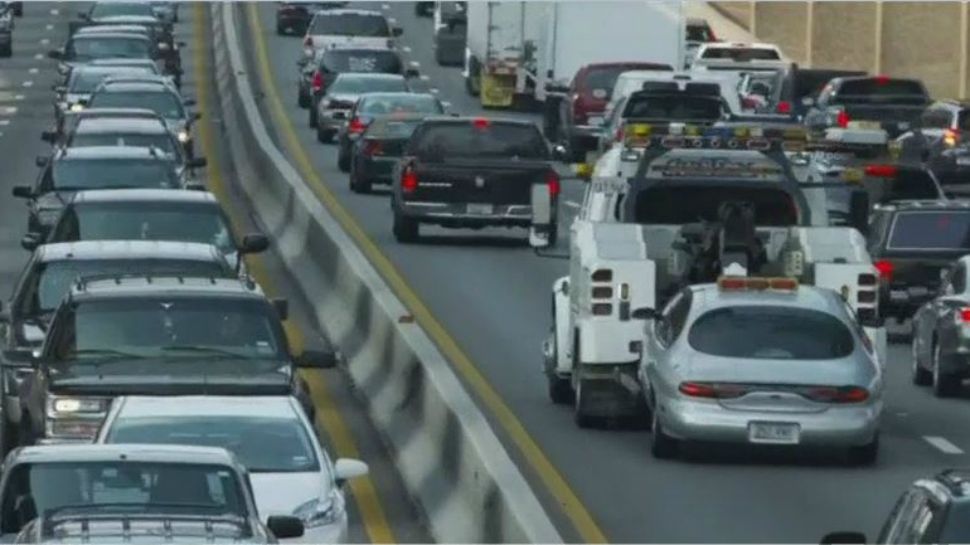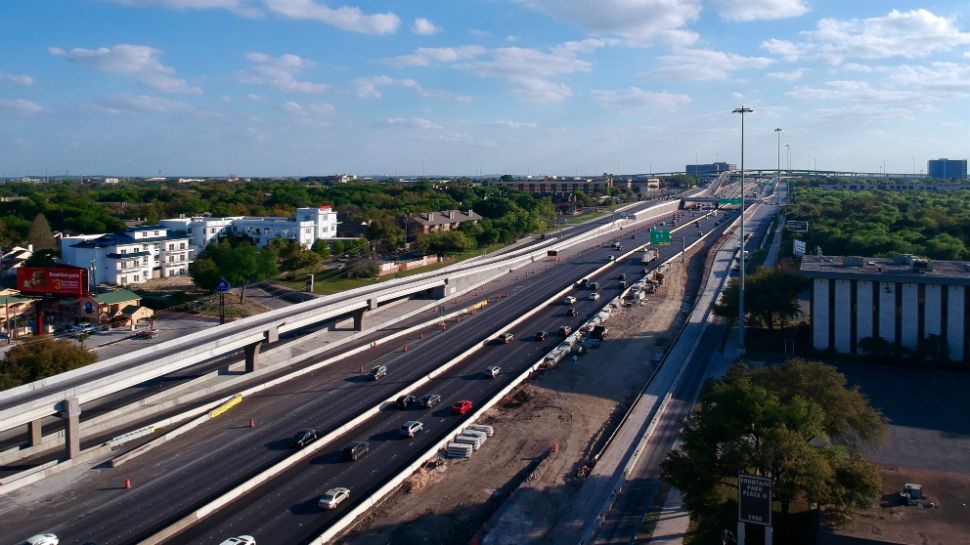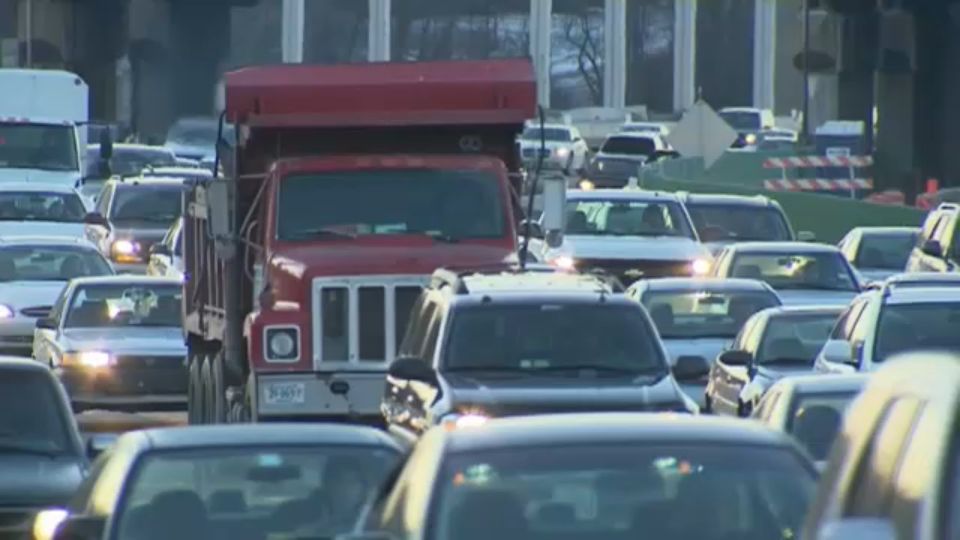What’s the best way to merge?
We’ve all been there, right? You get onto an on ramp or a lane ends in a construction zone and the car in front of you comes to a sudden stop with its blinker on, waiting to be let into the other lane. This is an example of how not to properly merge. Not only are you creating a backup but you’re stopping the flow of traffic.
I grew up in Minnesota and we have a reputation of being pretty nice up there and so it makes sense to me that we learned the “Zipper Merge.” It’s basically like you’re taking turns. Visualize zipping up a zipper. Each little piece moves forward piece by piece at a steady pace.
Here’s a video refresher if you’re unfamiliar with this method courtesy of the Minnesota Department of Transportation.
https://www.youtube.com/watch?v=ZcPby71TNC0
According to MNDot here’s the main benefits of the Zipper Merge:
- Reduces difference in speeds between two lanes
- Reduces the overall length of traffic backup by as much as 40 percent
- Reduces congestion on freeway interchanges
- Creates a sense of fairness and equity that all lanes are moving at the same rate
It’s also sometimes called ‘the late merge’ or ‘last second merge’ which kind of comes with a bad connotation. Some drivers feel wronged by that car because it’s almost as if they’re budging in the front of the line. But from a traffic standpoint, transportation officials have said they’re not (necessarily) trying to be rude, they’re just preventing the zipper from jamming!
But this method isn’t always the best. When traffic is moving at highway speeds and there are no backups, transportation officials say it makes sense to move over sooner. The bottom line, though: merge when it’s safe to do so.





